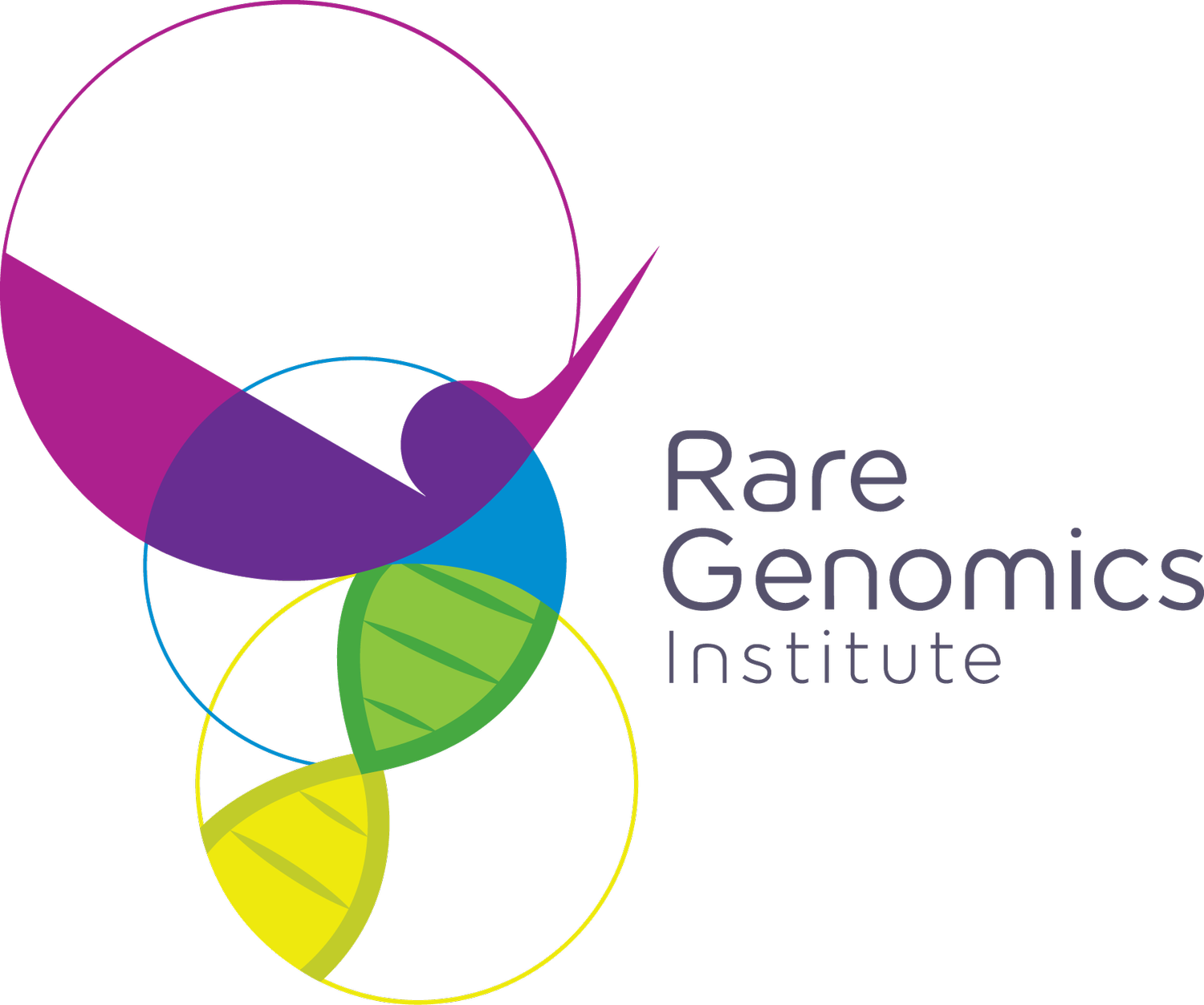Precision Genomics for Rare Diseases: Shaping the Future of Treatment
The intersection of genomics and personalized medicine has transformed the landscape of healthcare. The Rare Genomics Institute (RG) emphasizes leveraging cutting-edge genomic technologies to identify the genetic basis of undiagnosed rare diseases and empowering patients with resources and the latest research. RG stands out from other organizations focused on rare diseases through its unique patient-centered approach. So far, RG has coordinated over 380 genetic sequencing projects and served over 825 families.
Below is the schema of the holistic approach used at RG to navigate the challenges of rare diseases, fostering a more comprehensive care ecosystem.
At RG, we believe every rare disease patient deserves a diagnosis and a chance for a better future. With the power of genomics, innovation, collaboration and a community that cares, we are breaking barriers in rare disease research one story at a time. But we can’t do it alone.
Join us. Whether you are a researcher, clinician, donor or advocate, your support helps us bring hope to families still searching for answers.
Donate. Volunteer. Spread the word. Together, we can accelerate the journey from rare to known.


